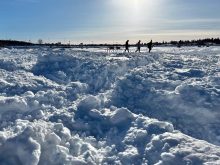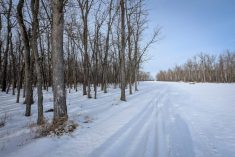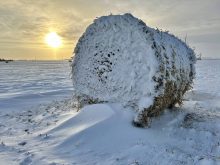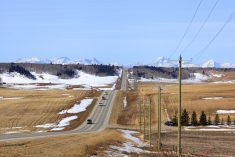MarketsFarm — Drought conditions expanded across Alberta and Saskatchewan in October, with very little precipitation across the agricultural regions of the two provinces since August.
That’s according to the latest Canadian Drought Monitor from Agriculture and Agri-Food Canada, as of Oct. 31.
At the end of that month, 72 per cent of the Prairie region was classified as abnormally dry or in moderate to extreme drought, including 80 per cent of the region’s agricultural landscape.
The lack of precipitation, together with poor moisture reserves after two to five years of dryness in many areas, means “winter precipitation across southern Alberta and Saskatchewan will be crucial in order to replenish water supplies and improve hay and pastures lands by the spring,” according to the report.
Read Also
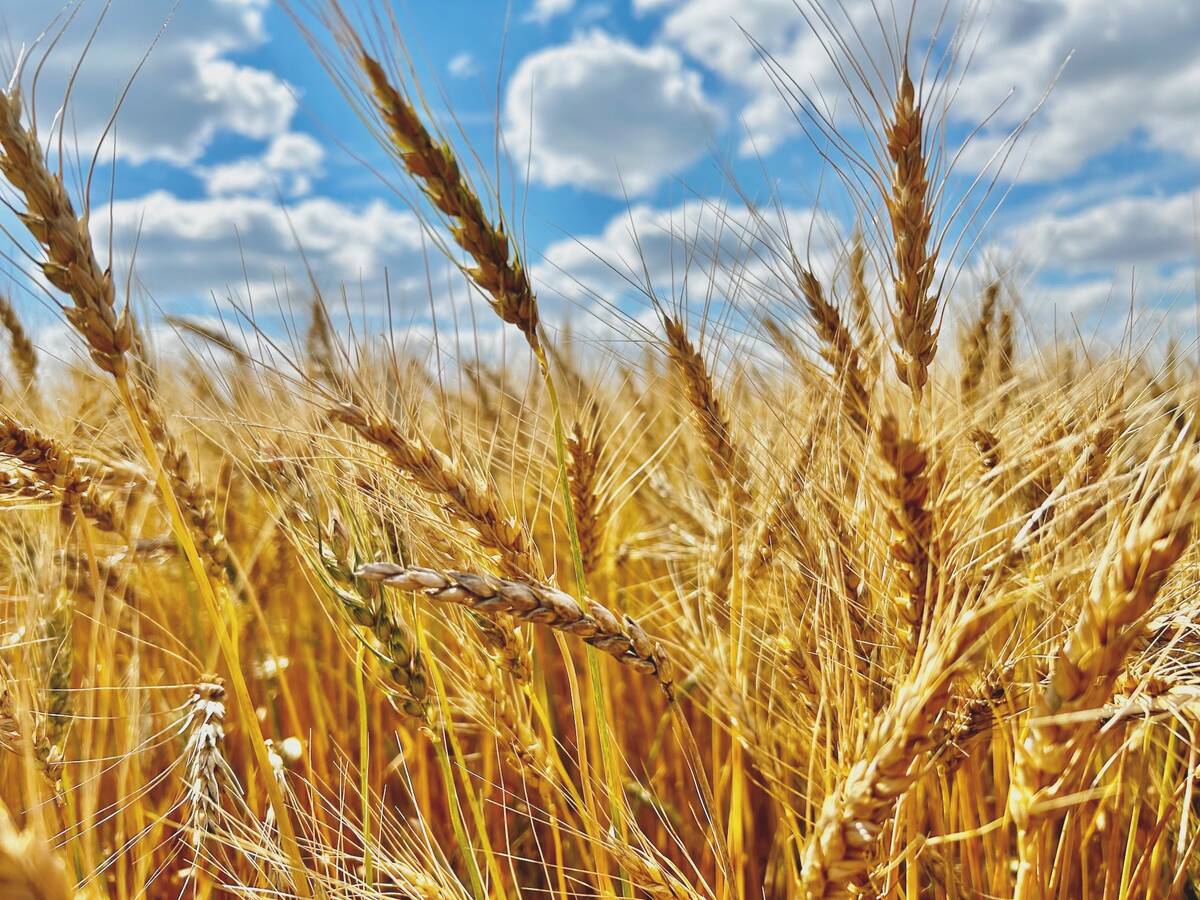
Prairie Wheat Weekly: Modest increases for cash prices
Spring wheat and durum cash prices were moderately higher across the Canadian Prairies for the week ended Dec. 19. This was despite losses in Chicago and Kansas City wheat and Agriculture and Agri-Food Canada projecting larger all wheat ending stocks for 2025/26. Minneapolis wheat bumped up on the week, lending some support to Canadian cash prices.
Temperatures were all reported as higher than average, with the warmest temperatures seen in Alberta, particularly the Peace region.
Although monthly precipitation improved conditions in southern parts of Alberta, the rest of the province remained significantly dry. Very little precipitation fell across central Alberta at an important time for soil moisture recharge to occur, leading to significant expansion of severe drought conditions as well as small pockets of extreme drought.
Southern Saskatchewan did manage to receive slightly higher than normal precipitation after a couple of storm systems passed through near the end of October; however, long-term deficits remained.
In addition to ongoing water supply concerns, nearly half of all hay and pasture lands reported very short topsoil moisture during the month. There were also concerns about germination of winter wheat due to the dry soils, leading some producers to avoid seeding winter wheat or fall rye.
Conditions across Manitoba were closer to normal in October, with slightly above-normal precipitation and near-normal temperatures. However, precipitation continued to miss Swan River along the west-central side of the province where moderate drought conditions were slightly expanded. This area also reported concern for livestock water supplies, but adequate amounts of feed exist to carry cattle over into the spring.
Contrary to the drying trend in western Manitoba, south-central and southeastern parts of the province received adequate precipitation this year, with Winnipeg reporting its wettest year on record with 739.5 millimetres as of Oct. 24, 2022.



